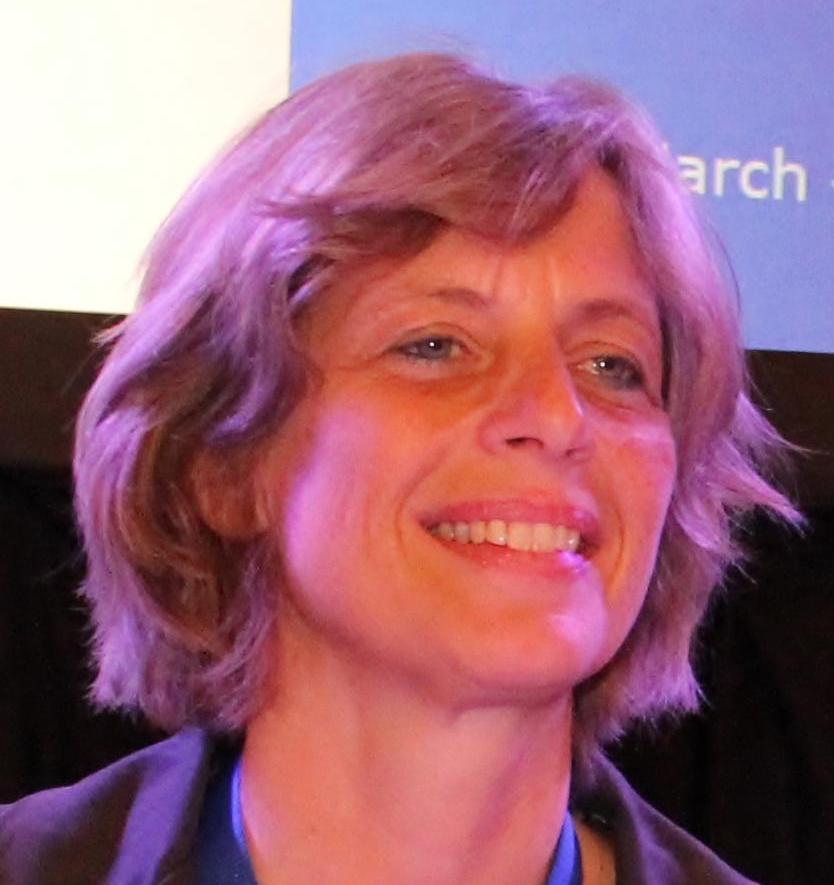Q&A with Dr Wieke Tas

The Codex Committee on Contaminants in Foods (CCCF) establishes or endorses permitted maximum levels or guideline levels for contaminants and naturally occurring toxicants in food and feed. The Committee also prepares priority lists of contaminants and naturally occurring toxicants for risk assessment by the Joint FAO/WHO Expert Committee on Food Additives and considers methods of analysis and sampling for the determination of contaminants and naturally occurring toxicants in food and feed.
CCCF began life as the Codex Committee on Food Additives and Contaminants in 1964 and is one of Codex's oldest committees. In 2006 the Codex Alimentarius Commission split the Additives and Contaminants committees into two distinct bodies.
Contaminants is hosted by the Netherlands and the 10th session begins on April 4th in Rotterdam.
Dr Wieke Tas
Earlier this week, Codex spoke to Dr Wieke Tas, the current Chair of the Committee.
Q. Dr Tas, this committee has now reached its 10th birthday. What should it be celebrating regarding its achievements?
A. We celebrate the achievements of this committee. Especially the constructive spirit, the results we get by the open discussions and the willingness to compromise. I especially appreciate the number of countries that are willing to co-host this meeting so that we can continue our practice to alternate between the Netherlands and another country.
Q. What are your expectations for this session?
A. My expectations are always high! I expect we will make good progress in the same constructive manner as the years before. And I expect that everyone will enjoy themselves by staying in Rotterdam, a very special city.
Q. Describe the importance of the work of JECFA to the work of CCCF in the establishment of maximum levels (MLs) for contaminants and toxins in food and feed.
A. The work of JECFA is of major importance for the CCCF. Without a JEFCA evaluation it is merely impossible to develop maximum levels for contaminants and toxins in food and feed. The JECFA evaluation is the scientific basis for the maximum levels, and forms the start of our discussions.
Q. Over the years CCCF (and previously CCFAC) has produced nearly 20 Codes of Practice and over 100 MLs (CODEX STAN 193-1995). Can you explain to a layperson how these codes and MLs are important to protect consumer health and promote fair practice in food trade?
A. A code of practice gives guidance to the food production chain on how to prevent contamination of the food. It provides the most recent knowledge regarding how to produce, handle and store foodstuffs, so that the food which becomes available to the consumer is safe. The codes give the operators in the food chain guidance so that the maximum levels can be respected.
The maximum level is established to ensure that the food is safe for the consumers. At the same time we have to ensure that the maximum level does not lead to large amounts of food being wasted, since food security is a vital issue. It is important that the right balance is reached. Therefore, it sometimes takes a lot of discussion to reach consensus between all the regions of the world.
The fact that these MLs are available worldwide is of great value. In that way not every country has to develop their own knowledge, but they can use the knowledge and experience developed by Codex. And an ML which is used by many countries facilitates trade between these countries.
Q. Final question. For those who don’t know you beyond Codex, what do you do when not chairing the CCCF?
A. I am a manager in the field of Nature and Biodiversity, at the Ministry of Economic Affairs.
Links
Working documents for the current session
Standards and other Codex texts developed by CCCF






